A Pedal Assist Electric Bike, commonly known as an e-bike, is a bicycle equipped with an electric motor that assists in the rider’s pedalling efforts. The motor activates when the rider pedals, augmenting their power and making cycling easier, especially on hills or over longer distances. It allows users to enjoy a more effortless and efficient biking experience.
Curious about a seamless blend of exercise and technology? Discover the world of Pedal Assist Electric Bikes! Picture effortlessly cruising through city streets, as the pedal-assist technology seamlessly amplifies your efforts. Ready to revolutionize your commute? Dive into the future of cycling – experience the joy of Pedal Assist Electric Bikes today!
A Pedal Assist Electric Bike, or e-bike, is a bicycle equipped with an electric motor that assists while pedalling. It enhances your cycling experience by making pedalling easier, especially on hills or long distances. You control the level of assistance, enjoying a smoother and more efficient ride.
Understanding the Concept of Pedal Assist
Pedal assist is a revolutionary technology in the electric bike industry that seamlessly blends human effort with motorized assistance. Unlike traditional electric bikes with throttle control, pedal assist requires the rider to pedal actively, with the electric motor providing proportional assistance based on the force applied to the pedals.
This intelligent system enhances the overall cycling experience by providing a natural and intuitive boost, making it easier to conquer hills, cover longer distances, and maintain a consistent speed, all while preserving the joy and health benefits of traditional cycling.
How Pedal Assist Differs from Traditional Electric Bikes
Pedal assist electric bikes, often referred to as e-bikes, distinguish themselves from traditional electric bikes by their interactive and responsive nature. Unlike conventional e-bikes with throttle-controlled systems, pedal assist relies on the rider’s pedalling input to activate the motor. When considering the overall performance of an e-bike, the choice of battery is crucial.
A high-quality battery is best for an electric bike as it directly impacts factors like range, power delivery, and overall longevity. This nuanced approach offers a more dynamic and natural riding experience, where the electric motor amplifies the rider’s effort rather than solely propelling the bike forward. Understanding this distinction is crucial for enthusiasts and potential buyers looking to embrace the evolving landscape of electric cycling.
Mechanism Behind Pedal Assist Technology
Pedal assist technology operates through a system of sensors and a motor seamlessly integrated into the electric bike’s design. These sensors detect the rider’s pedalling motion and intensity, sending signals to the motor to provide proportional assistance.
The result is a responsive and intuitive riding experience, where the electric motor complements the rider’s efforts, offering assistance when needed and seamlessly disengaging when the rider stops pedalling or reaches a certain speed. Understanding this intricate mechanism sheds light on the efficiency and user-friendly nature of pedal-assist electric bikes.
Benefits of Using a Pedal Assist Electric Bike
Pedal-assist electric bikes offer a range of advantages for riders seeking an enhanced cycling experience. Firstly, they provide seamless integration of electric power with traditional pedalling, allowing riders to cover longer distances with less effort. This not only makes cycling more accessible to a broader audience but also promotes a healthier and more active lifestyle.
The ability to adjust the level of assistance empowers riders to customize their cycling experience based on terrain, fitness levels, or simply personal preference. Overall, the benefits of pedal-assist electric bikes extend beyond convenience, contributing to a sustainable and enjoyable mode of transportation.
Exploring the Components of a Pedal Assist System
Pedal-assist electric bikes are equipped with sophisticated systems that seamlessly integrate electric power with traditional pedal power. The key components include a sensor, controller, and motor. The sensor detects the rider’s pedalling motion, transmitting signals to the controller, which then determines the level of assistance required.
The motor, driven by the controller, provides additional power to augment the rider’s pedalling efforts, creating a smooth and efficient cycling experience. Understanding these interconnected components is crucial for users looking to maximize the benefits of pedal assist technology.
Types of Pedal Assist Sensors and Their Functions
Pedal-assist electric bikes utilize various types of sensors to seamlessly integrate motor assistance with the rider’s pedal strokes. Common sensor types include torque sensors, cadence sensors, and combined torque-cadence sensors. Torque sensors measure the force applied to the pedals, adjusting assistance based on the rider’s effort. Cadence sensors, on the other hand, focus on pedal rotations per minute.
Some advanced systems combine both sensors to provide a more nuanced and responsive riding experience, ensuring a harmonious synergy between the rider and the electric motor. Understanding these sensor types is crucial for enthusiasts and buyers seeking optimal performance and control in their pedal-assist electric bikes.
The Role of the Rider in Pedal Assist Operation
In a pedal-assist electric bike, the rider plays a crucial role in determining the level of motor assistance. As the rider pedals, sensors detect the force and speed of each pedal stroke, providing a seamless and responsive augmentation of power from the electric motor.
Understanding how the rider’s input influences the motor assistance allows cyclists to optimize their experience, balancing the benefits of electric assistance with their pedalling efforts for an efficient and enjoyable ride.
Comparing Pedal Assist to Throttle-Controlled E-Bikes
Pedal assist and throttle-controlled electric bikes represent two distinct modes of operation, each catering to different rider preferences and needs. While pedal assist relies on the rider’s pedalling input to engage the motor, throttle-controlled e-bikes allow users to activate the motor with a simple twist or push of a handlebar-mounted throttle.
Understanding the nuances between these two systems is crucial for riders seeking the most suitable electric bike experience, balancing factors such as control, ease of use, and power management.
Impact of Pedal Assist on Battery Life
Pedal-assist electric bikes, often referred to as e-bikes, have a notable impact on battery life due to their innovative technology. Unlike traditional electric bikes that rely solely on throttle control, pedal-assist systems engage the motor only when the rider pedals, optimizing energy consumption.
This intelligent integration enhances the overall efficiency of the e-bike, extending the battery life significantly and allowing riders to cover longer distances on a single charge. The strategic collaboration between human effort and electric power in pedal-assist models results in a harmonious balance that maximizes both performance and longevity.
Legal Regulations and Pedal Assist Electric Bikes
In many regions, the use of pedal-assist electric bikes is subject to specific legal regulations. These regulations may vary, encompassing aspects such as maximum speed limits, power output restrictions, and where these bikes are permitted to operate.
Understanding the legal framework surrounding pedal-assist e-bikes is crucial for riders to ensure compliance with local laws and enjoy a safe and hassle-free riding experience.
Advantages of Pedal-Assisted Cycling for Commuters
Pedal-assist electric bikes offer significant advantages for daily commuters. By providing an extra boost of power while pedalling, these bikes make commuting more efficient and less strenuous.
Riders can cover longer distances with ease, conquer hills effortlessly, and arrive at their destinations without breaking a sweat. This section explores how pedal-assisted cycling enhances the commuting experience, promoting a practical and eco-friendly alternative to traditional transportation methods.
Frequently Asked Question
The world of cycling has been forever transformed by the innovation of Pedal Assist Electric Bikes. Embracing a harmonious fusion of human effort and electric assistance, these bikes redefine convenience and accessibility.
We continue to explore sustainable and efficient modes of transportation, the question of “What Is Pedal Assist Electric Bike?” becomes not just a query but an invitation to experience a new era of cycling – one where technology and tradition coalesce for an enhanced and exhilarating ride.

I’m passionate electric scooter enthusiast and the voice behind this blog. I’m here to share my expertise and insights with you. From in-depth reviews to problem-solving guides, my goal is to help you make the most of your electric scooter experience.
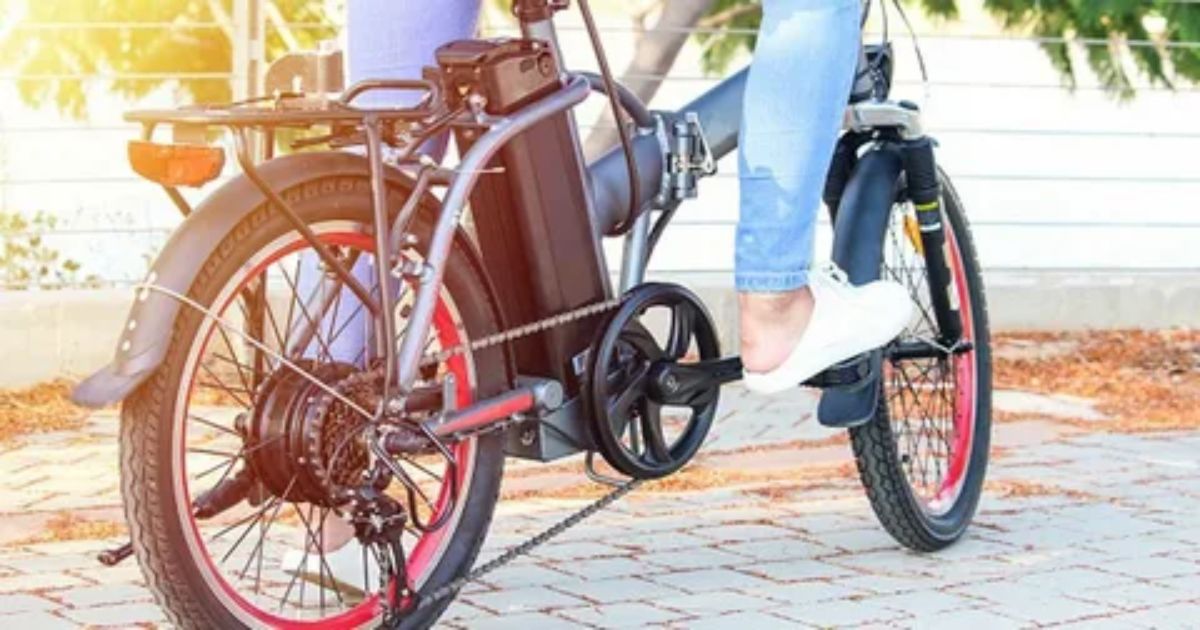
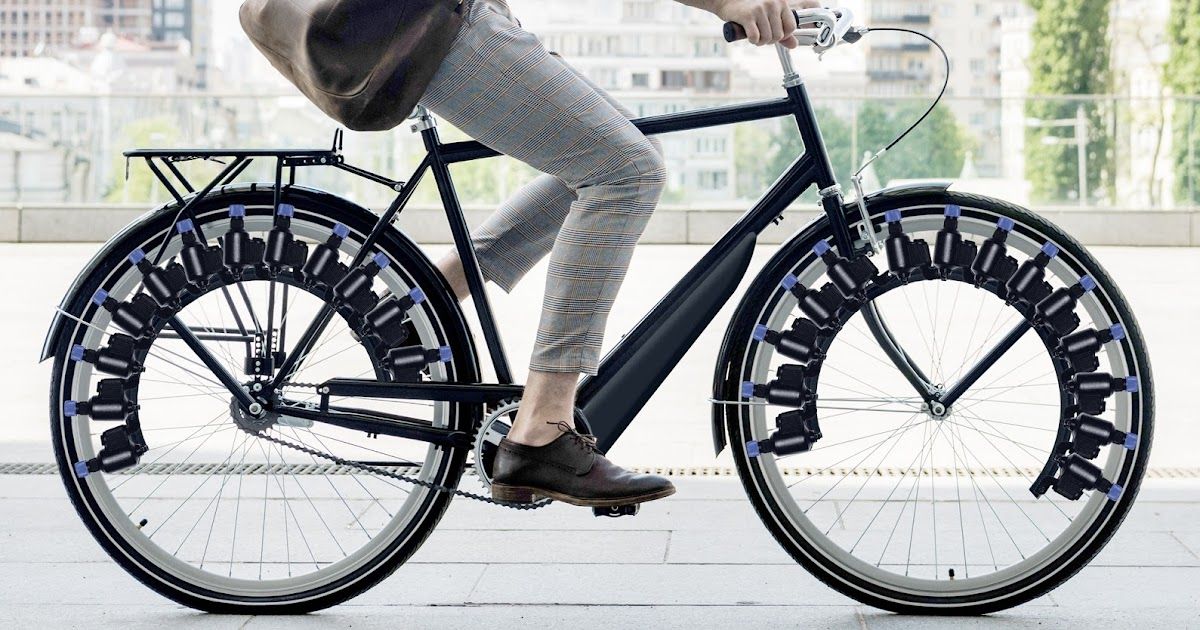
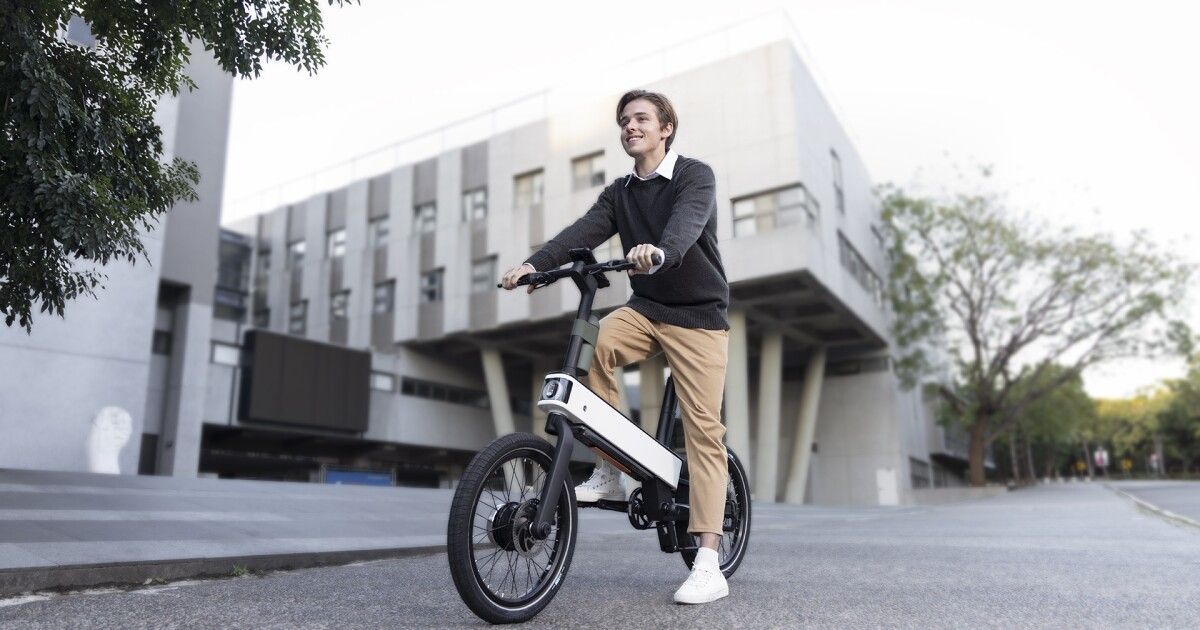
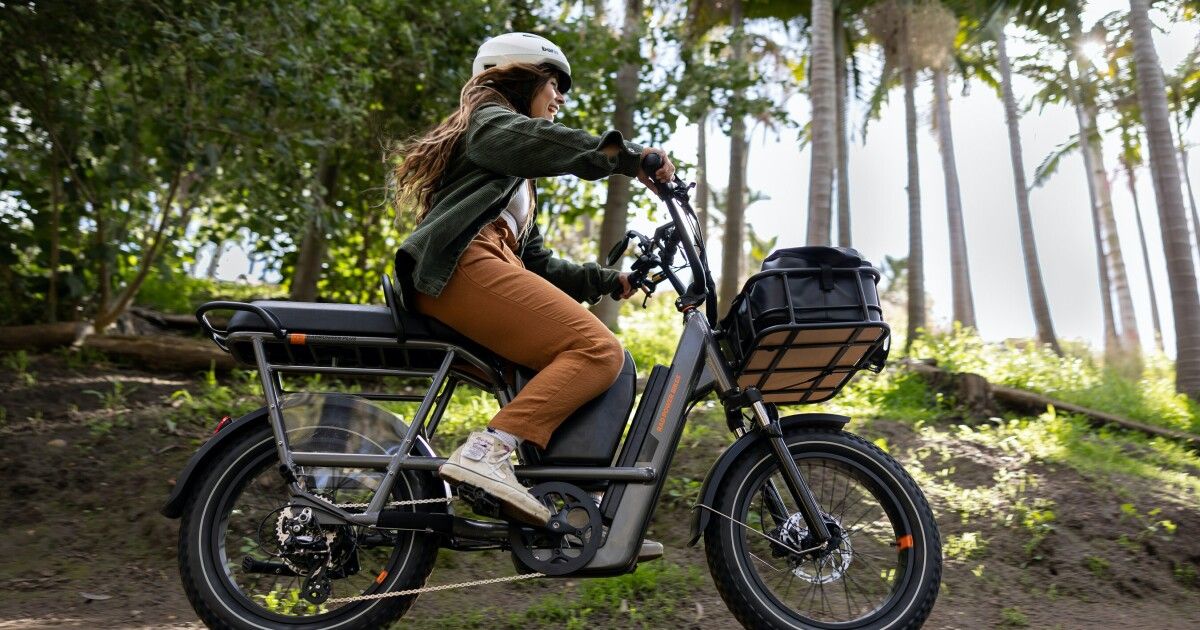
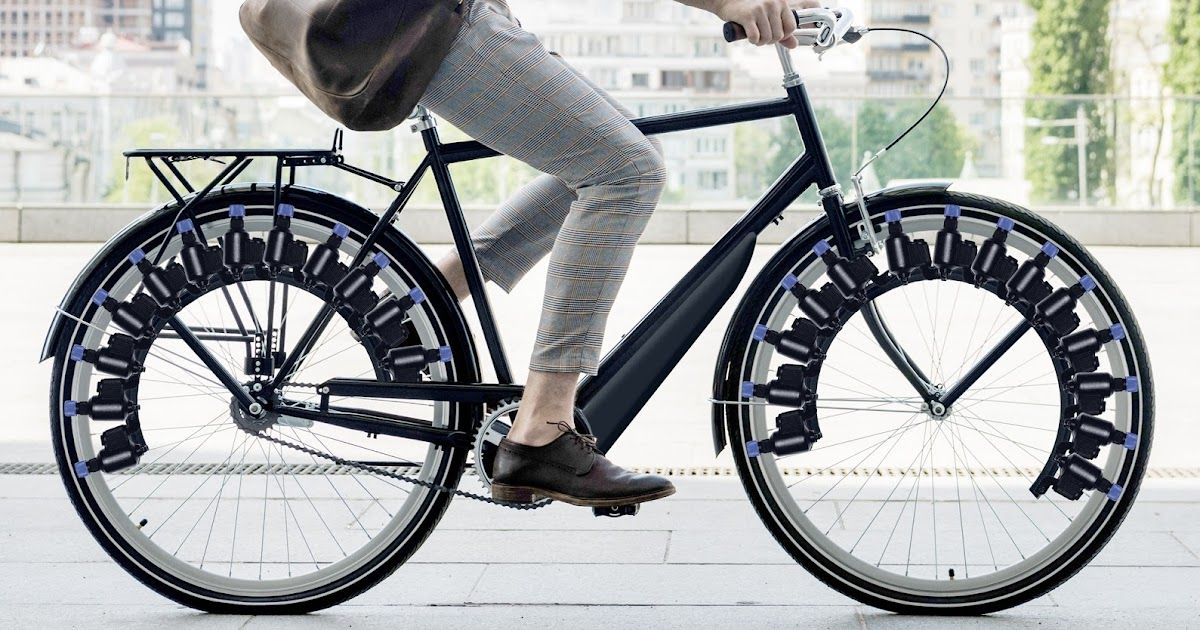
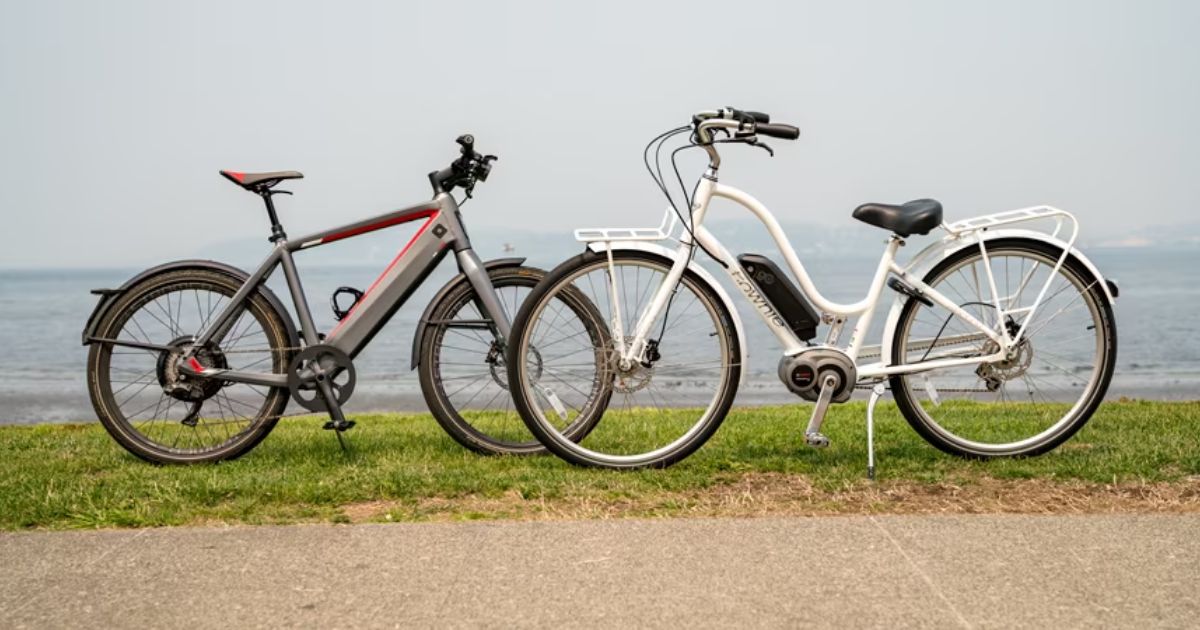
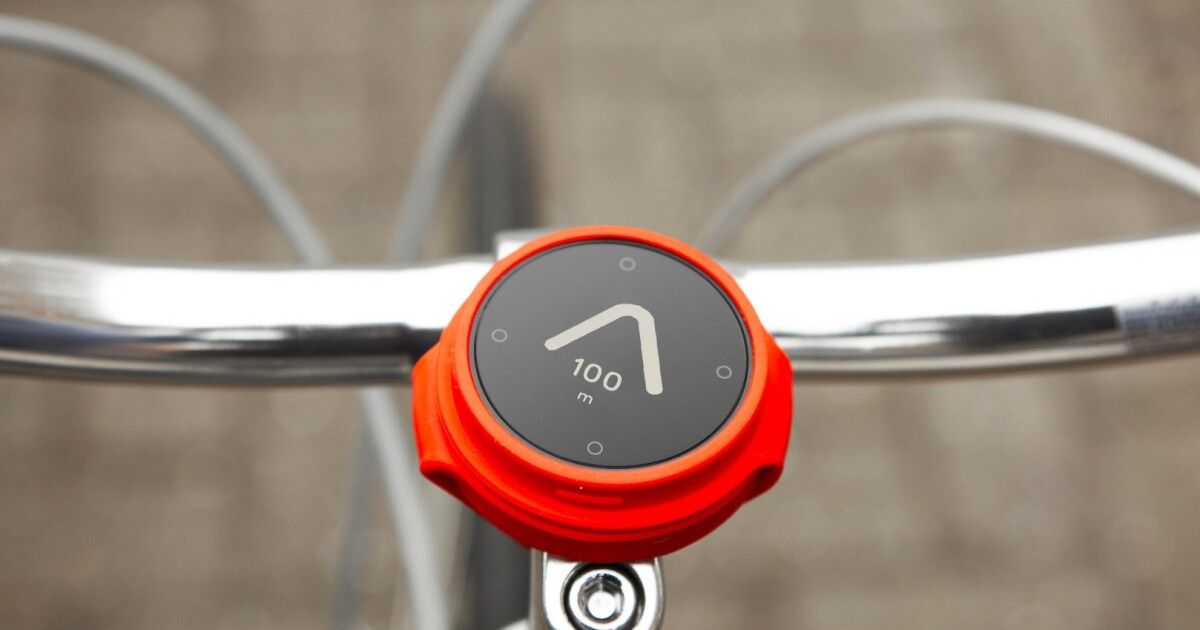

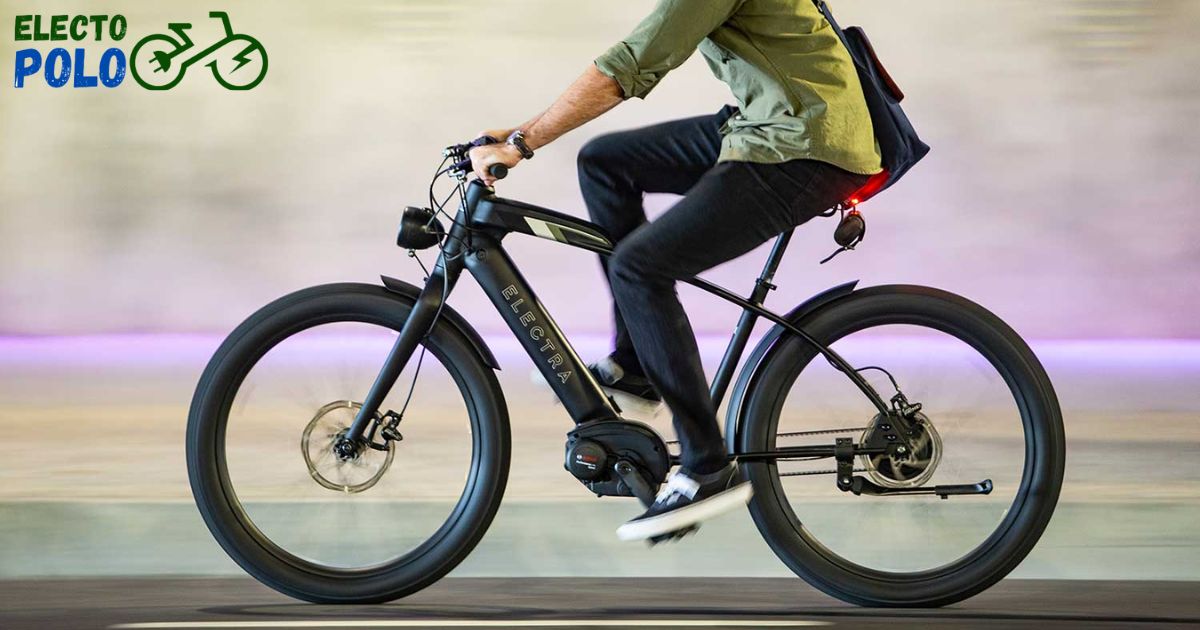


![Gomyfinance.com Invest: I Made $5,000 in My First Month [Real Results 2025]](https://electopolo.com/wp-content/uploads/2025/05/Gomyfinance.com-Invest-I-Made-5000-in-My-First-Month-Real-Results-2025-150x150.jpg)


